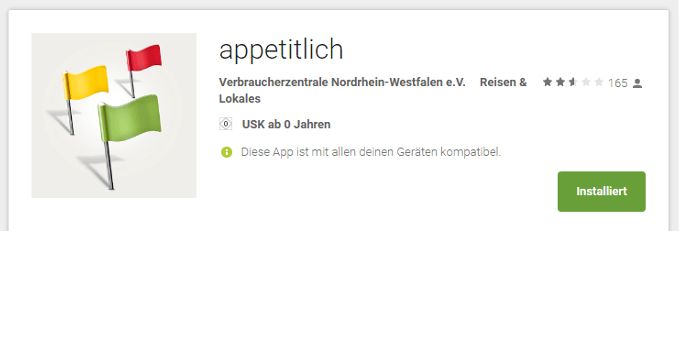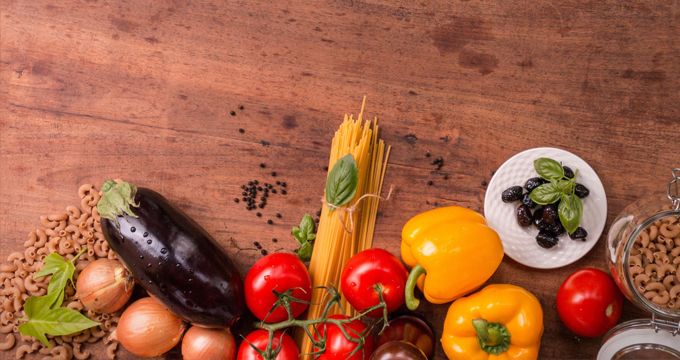
ISO 22000 is a worldwide standard for food safety management systems. It is the only certifiable standard that describes core elements such as the introduction, implementation, validation and verification of HACCP concepts. In addition, it provides information on how a management system must be set up and maintained to ensure food safety.
In this article we go into the requirements of ISO 22000 in more detail and give advice on how to implement its requirements and how to deal with critical aspects of the standard.
What is the content of ISO 22000?
The contents of the standard can be divided into six different areas:
- Interactive Communication
- systems management
- HACCP
- Preventive programs (PRP = prerequisite programs)
- Supply chain
- Validation, verification and updating of documentation
Interactive Communication
It must be ensured that information (internal and external) is provided and made available to everyone. This applies in particular to systematic hazard analysis.
Systemmanagement
Management systems of any kind consider a company as a whole. The consequence of the higher „flight altitude“ is that detailed information is often missing, but the advantage is that the view for the entire system company is sharpened. They also serve to categorize information. ISO 22000 provides you with information on how to set up your management system in the specific context of food safety.
HACCP
Hazard analysis, description and identification are key elements of your ISO 22000 management system and it is your responsibility to identify which hazards (internal and external) may occur within your production chain.
Preventive programmes
Preventive programs (PRP for prerequisite programs) are used in ISO 22000 to describe the principles and actions to be followed in food. These principles are subdivided into:
- Manufacture
- Treatment
- Provision
Supply chain
ISO 22000 covers the entire supply chain. The advantage of this approach is that it also includes suppliers who are only suppliers, e.g. packaging manufacturers.
Documentation
Complete and complete documentation is a basic prerequisite for a functioning management system, especially when it comes to food safety. Documentation must record and prove that you have correctly applied, implemented, planned and controlled all necessary food safety measures. The effectiveness of the measures must then always be checked. For this purpose, it makes sense to define defined KPIs (Key Performance Indicators) that correctly reflect the requirements of ISO 22000.
How is ISO 22000 certification carried out?
As an independent inspection and monitoring body, TÜV-Rheinland offers re-certification for ISO 22000. Certification and testing according to ISO 22000 takes place in five steps:
- The performance of an optional pre-audit
The most important points are already checked during the first inspection. - The certification audit
In this step, the existing documentation is checked. In addition, a demonstration of the practical applications will take place. - Issue of the certificate
If you choose TÜV as your testing body, you can register in a certificate database. This gives you the opportunity to position yourself vis-à-vis your customers and competitors. - Implementation of annual surveillance audits
Quality must be continuously monitored. For this reason, annual monitoring audits are carried out as part of the CIP process, which confirm compliance with all specifications. You can act early if the ISO 22000 specifications are violated. - Re-certification
Regardless of the step, a re-certification must be carried out after three years if one wants to retain the ISO 22000 certificate.
What are the advantages of ISO 22000?
The standard provides for the possibility of introducing a food safety management system. This involves delivery, compliance with agreed customer requirements as well as the official requirements to be observed. The focus is above all on the entire supply chain. In addition, proof of conformity is provided via the company’s own food safety policy. This proof is used for submission to interested parties (e.g. customers) as well as within the framework of re-certification.
The ISO standard applies to all organisations that have a direct or indirect impact on the food chain. The following advantages of ISO 22000 can be summarized:
- Compliance with and documentation of the highest requirements in the field of food and food safety
- Building trust for your services with business partners, customers and suppliers
- Increase the value of your own company by opening up potential new markets and customer groups
- Improvement of own risk management
Summary
With this article we hope to have given you a short but interesting insight into the ISO standard for food safety. At this point we would like to draw your attention to interesting articles on HACCP and food hygiene:


